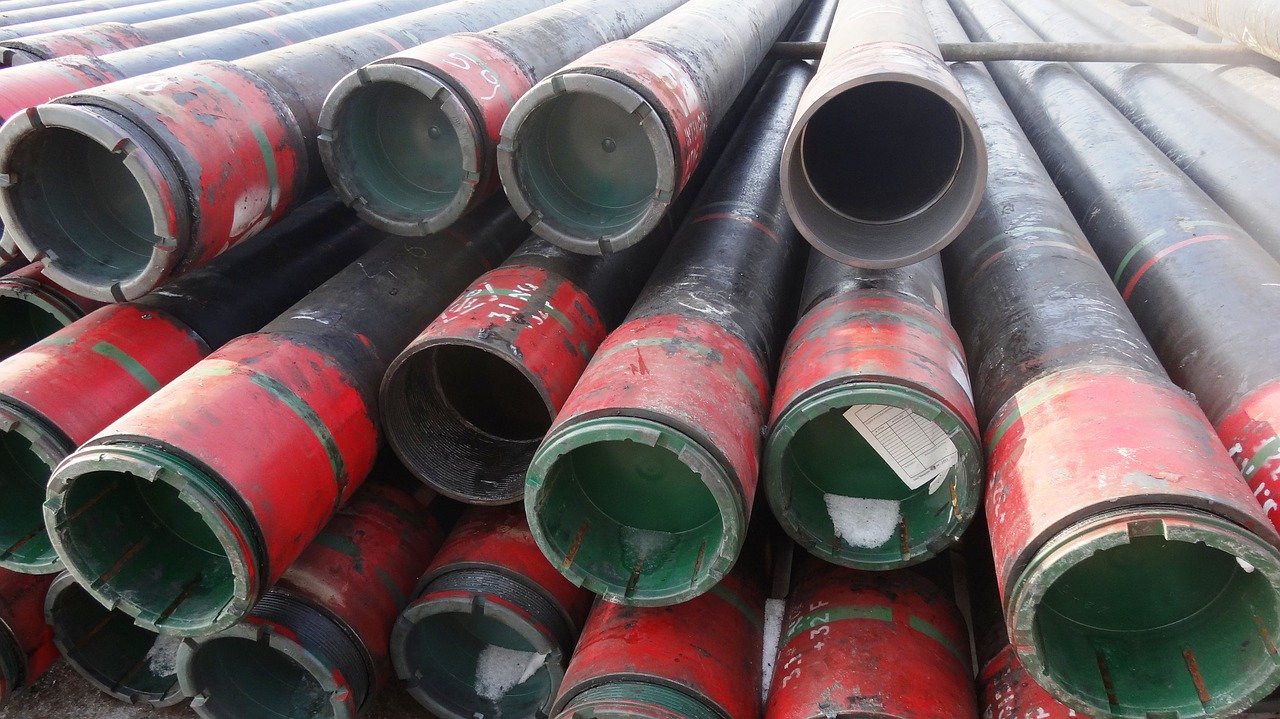Last year (2019) was a solid exploration year for the Norwegian Continental Shelf. Measured by discovered volumes (587 million boe commercial resources discovered, see figure below), a commercial success rate of 35% and average finding cost of USD 1.2/boe after tax it was the second best since 2012. A summary of the annual value creation from NCS exploration is also presented in GEO 08/2019 and GEO 01/2020.

This year’s activity unfortunately looks to be significantly lower for a variety of reasons, including poor weather initially, operational limitations due to the corona situation, and the oil price drop.
This article includes statistics on exploration success rates for licence type and company. Exploration success is when an oil or gas discovery is made. However, the success can be technical or commercial, depending on the discovery itself.
Since 2015, 65 companies have participated in E&A drilling on the NCS. Due to company consolidations (and some exits), this number is now reduced to 40.
Statistics can be discouraging
Wittemann’s E&P Consulting dataset includes a consistent classification of the discovery status and volumes, including backdated updates. Although statistics may be a useful benchmark for what to expect from an exploration portfolio, it can also be discouraging! For a selection of 19 licences with drilling planned, the average expected find size is 154 million boe (114 million boe when Barents Sea prospects are excluded) vs. the historic average since 2015 of only 31 million boe. Explorationists need to be optimistic and not underwhelmed by the statistics. We know from several other studies that pre-drill estimates of find sizes are optimistic, some benchmarks indicate by a factor of 2 or higher.
For the period since 2015, 157 wildcat wells (i.e. not counting appraisal wells) were drilled on the NCS:
- 50 resulted in discoveries deemed to be commercial, i.e., the commercial success rate has been 32%. The combined volume discovered was 1,540 million boe, so the average find size on the NCS has been only 31 million boe, but varies with the licence types, as described later.
- 29 resulted in non-commercial discoveries, i.e., the technical success rate (when including the commercial discoveries) is 50%. The combined non-commercial volumes discovered was 389 million boe.
For each licence type, we have looked at the success rates and find sizes for the period since 2012:
- APA licences had 157 wildcats with success rates 23% commercial and 39% technical, the average find size was 42 million boe, for the individual years the range was 16 to 77 million boe and the commercial success rate 7% to 62%. Examples of recent discoveries include Bergknapp, Iving, Busta, Shrek and Ørn.
- Old licences, i.e., legacy licences with low licence numbers, awarded prior to 2000 when the APA/NST licences were introduced, had 55 wells with success rate 62% commercial and 73% technical and average find size of 27 million boe. These licences are generally held for producing fields and new discoveries will be of high value. Recent examples of discoveries from 2019 include PL090 Echino Sør, PL053 Oseberg Statfjord fm, PL120 Telesto, PL167 Lille Prinsen, PL248I Grosbeak West
- Ordinary round licences awarded in Round 16 or later (since year 2000), largely in the Barents Sea and deepwater Norwegian Sea, had 50 wildcats drilled with 10 commercial discoveries, i.e., 20% success rate. The combined volume was 836 million boe, of which 426 million boe in the Wisting discovery (2013), and 47 million boe in Hanssen. Thus, the average find size is 84 million boe. For these “frontier” type licences, we would expect low success rates and large find sizes, which seems to hold true.
Exploration statistics is useful for benchmarks of what could be expected. For the NCS, success rates are high, but the find sizes small. Explorationists must continue to be optimistic and take chances in order to make the big finds.
ANDERS WITTEMANN
Wittemann E&P Consulting





